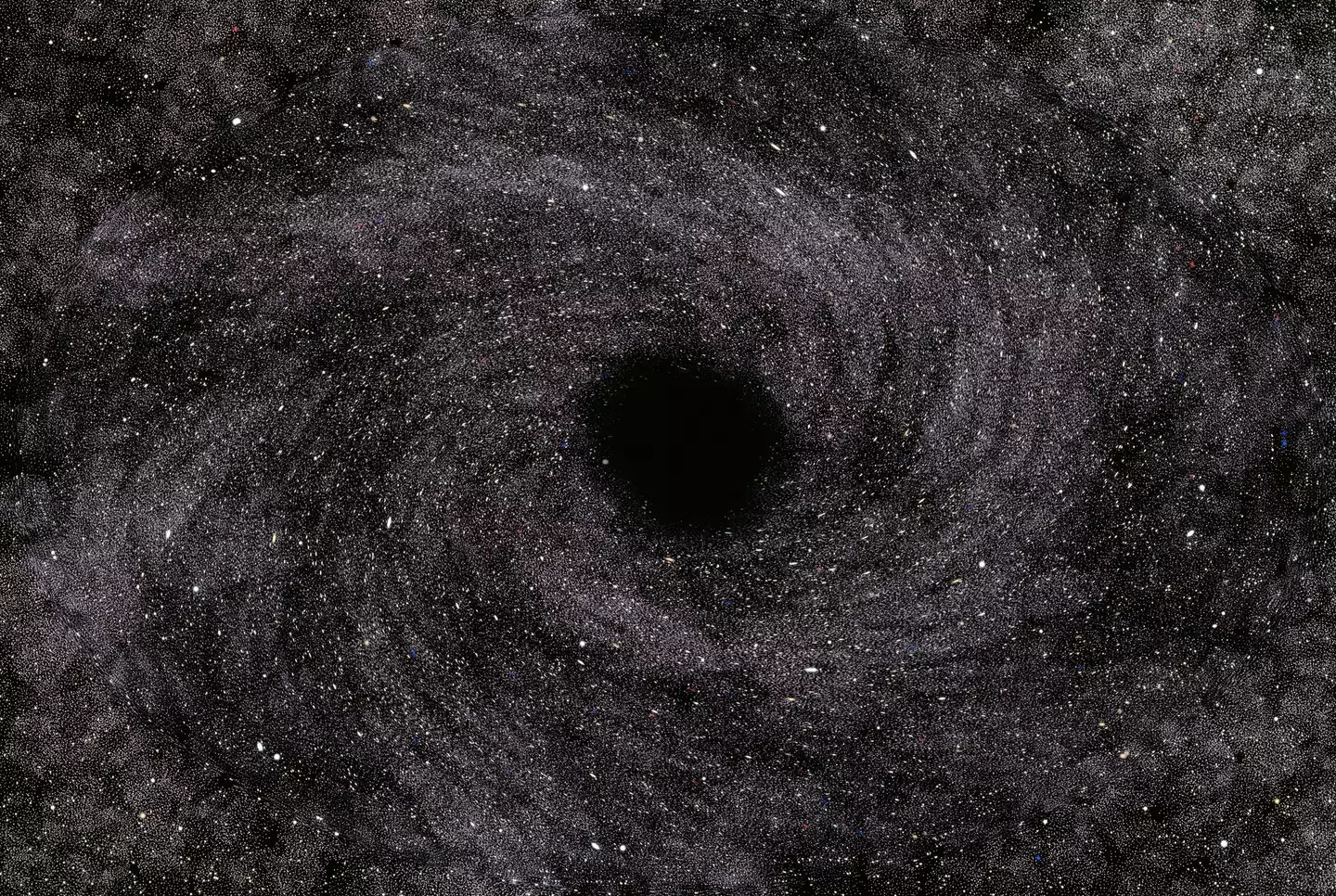.webp)
A whole host of theories from a bunch of different scientists have been presented over the years, but it isn't always possible to test them out.
However in 2022, scientists were able to simulate a black hole which allowed them to test Stephen Hawking's radiation theory.
The team of physicists from the University of Amsterdam watched on as they were left a little surprised as the mysterious space object began to glow.
Advert
They created the black hole event horizon in order to study the behavior of a black hole in a safe and controlled environment.
An event horizon in astrophysics is a boundary beyond which events cannot affect an observer.
And according to a report by Science Alert, the black hole put off a rare form of radiation that was first theorised by Hawking himself.

The group set out to analyse the properties of Hawking radiation by creating an analog for it in a lab and were surprised when it began to emit a strange glow.
Advert
Hawking radiation occurs when particles are created from disturbances in quantum fluctuations, which is caused by the black hole's tearing of spacetime.
The radiation manifests itself in a visible glow, which is odd as the event horizon of a black hole should be an area in which no light or matter can escape.
A black hole is one of the weirdest and most mysterious anomalies in space.
They're an object so dense that, within a certain range of the centre of the black hole, no velocity in the known Universe can manage to escape being sucked in, not even traveling beyond light speed.
Advert
The team added that this only occurred when part of the chain extended beyond the event horizon.

So what does all this mean?
Well, this may indicate an entanglement of particles that straddle the event horizon may be crucial when it comes creating Hawking radiation.
Advert
"This can open a venue for exploring fundamental quantum-mechanical aspects alongside gravity and curved spacetimes in various condensed matter settings," the researchers wrote in their paper published by Physical Review Research.
The Hawking radiation was only thermal for a certain range of 'hop amplitudes', the scientists claim, and only occurred under simulations that began by mimicking a 'flat' sort of spacetime.
This suggests that Hawking radiation may only emit thermal radiation within a certain range of situations, and may only be possible when there is a change in the warp of space-time due to gravity.
But the most important part of this is is that the Hawking radiation glowed.